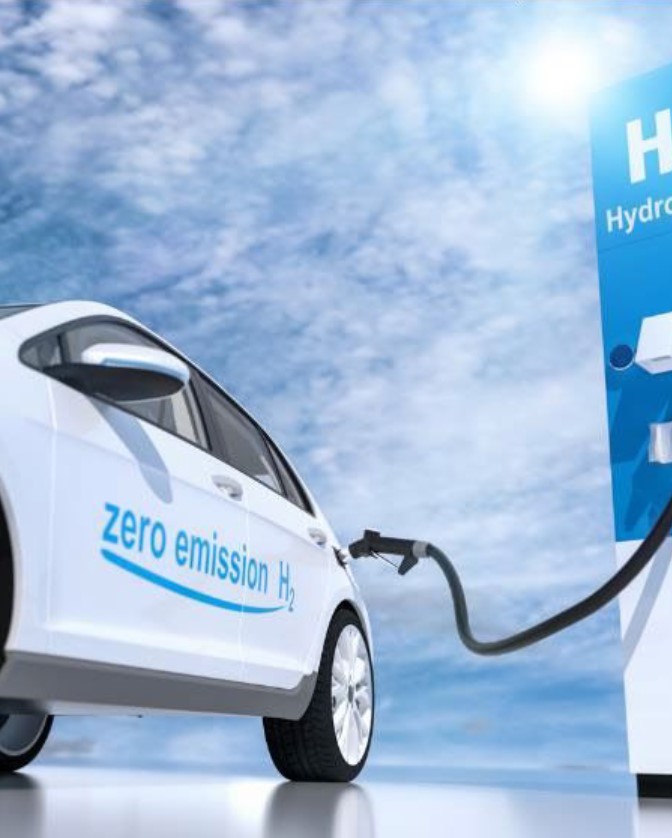Opportunities
- Development of electrolyzers with flexible systems that increase efficiency in different ranges and average life, reduce costs and dependence on critical materials and improve their productivity. Development of catalysts.
- Development of new storage media. Design of materials for tanks that avoid hydrogen leaks and fragility problems.
- New business models and opportunities for the auxiliary industry in the adaptation of materials and equipment, as well as nozzles, turbines, valves, coatings, welding, and the creation of networks of hydrogen plants, hydrolines or specific distribution of hydrogen.
- Development of specific technologies for different applications and with better efficiencies. The availability of H2 opens new ways to the hydrogenation of CO2 and other carbon-based molecules, which makes it possible to obtain added value chemical products as well as synthetic fuels in gas or liquid. The latter for aviation, maritime transport or heavy machinery. Special emphasis on maritime and rail transport.
- The hydrogen value chain will require new technologies and new sectors, such as catalysts, solvents, carbon capture, membranes, pipes, etc., and qualified personnel such as technicians, engineers, manufacturers, installers, etc. will be needed.

Challenges
- For new production routes, in particular electrolysis from renewable energies, substantial cost reductions still need to be achieved. The cost of renewable electricity is 75% of the cost of hydrogen.
- Hydrogen, despite having a very high gravimetric density, has a very low volumetric energy density, which means that it must be compressed and worked at high pressures and very low temperatures for storage and transport purposes.
- Hydrogen is a very reactive gas and can cause brittleness in different materials, such as steel. In addition, it has a high burning rate. The infrastructure to be able to get the hydrogen to the point of final consumption must be reformed and adapted.
- Fuel cells can be a very efficient solution for both mobility and heat production applications. However, the cost and adaptability to different environments is not resolved and some technologies, such as SOECs, are in a pre-commercial state.
- Hydrogen is an energy carrier that can combust (react with oxygen) under certain conditions, and therefore must be used with strict safety measures. However, the aim is to use it electrochemically or in chemical processes. There is a lack of a harmonized regulatory framework that facilitates the introduction of hydrogen on a large scale.
